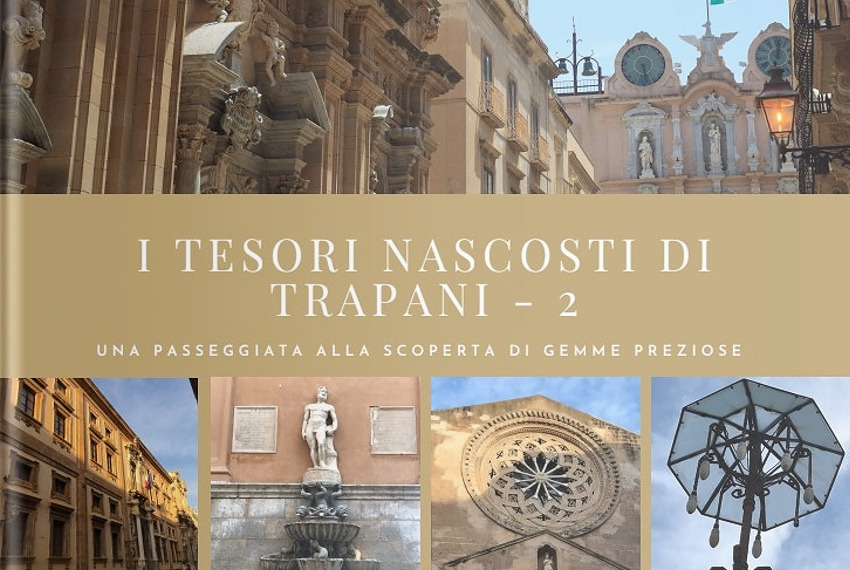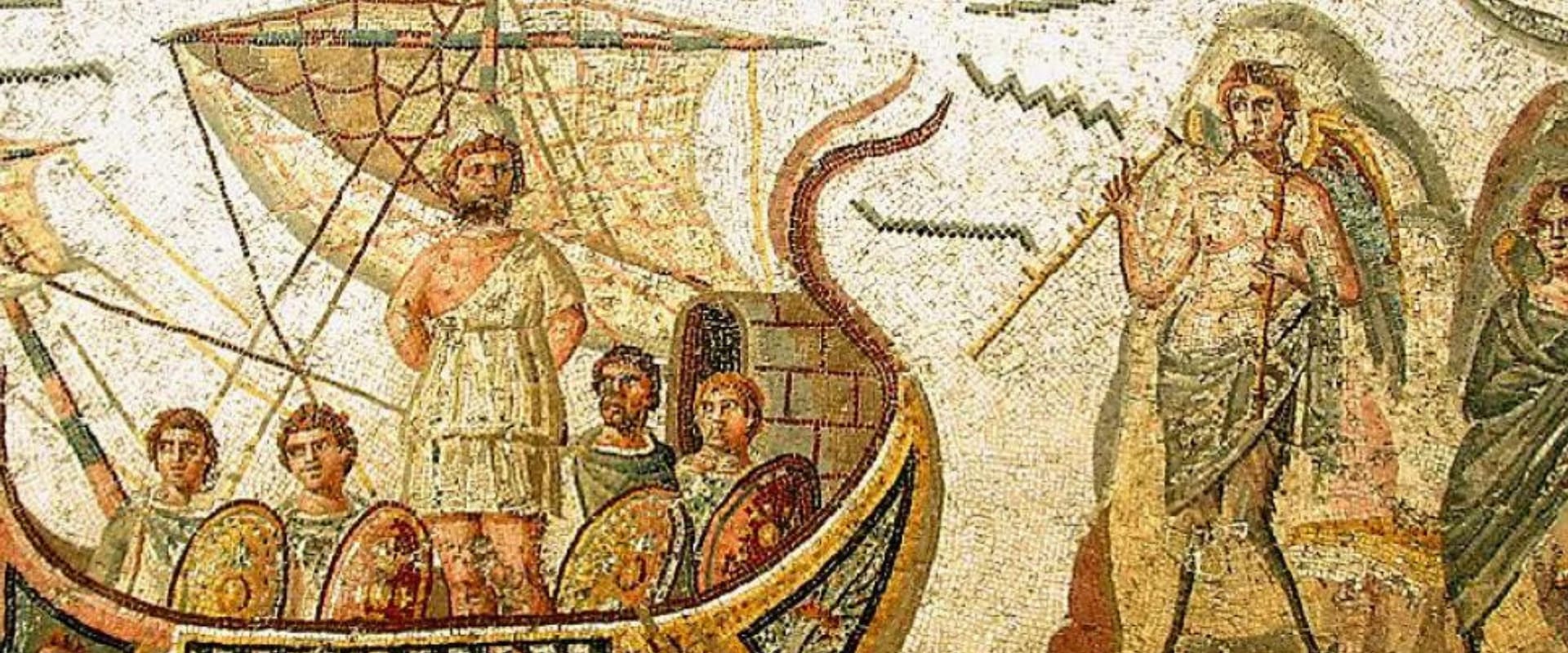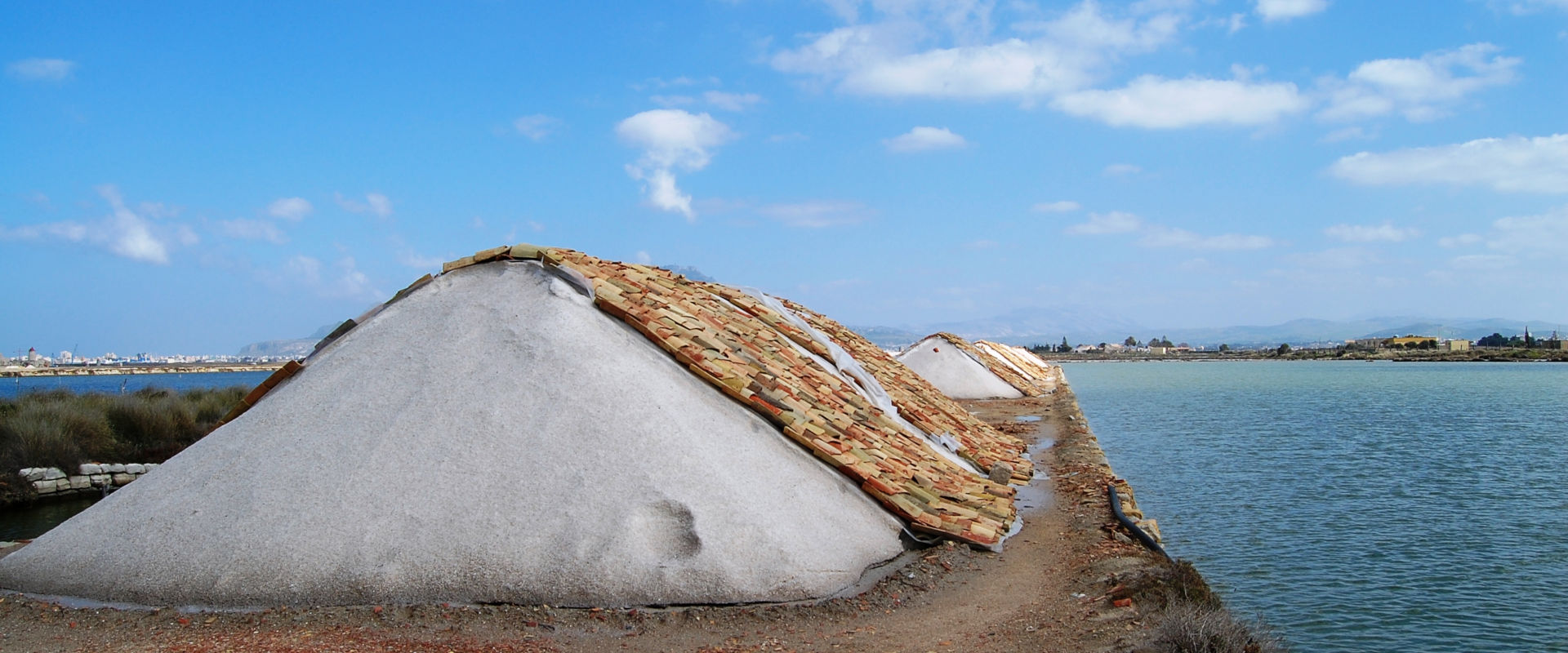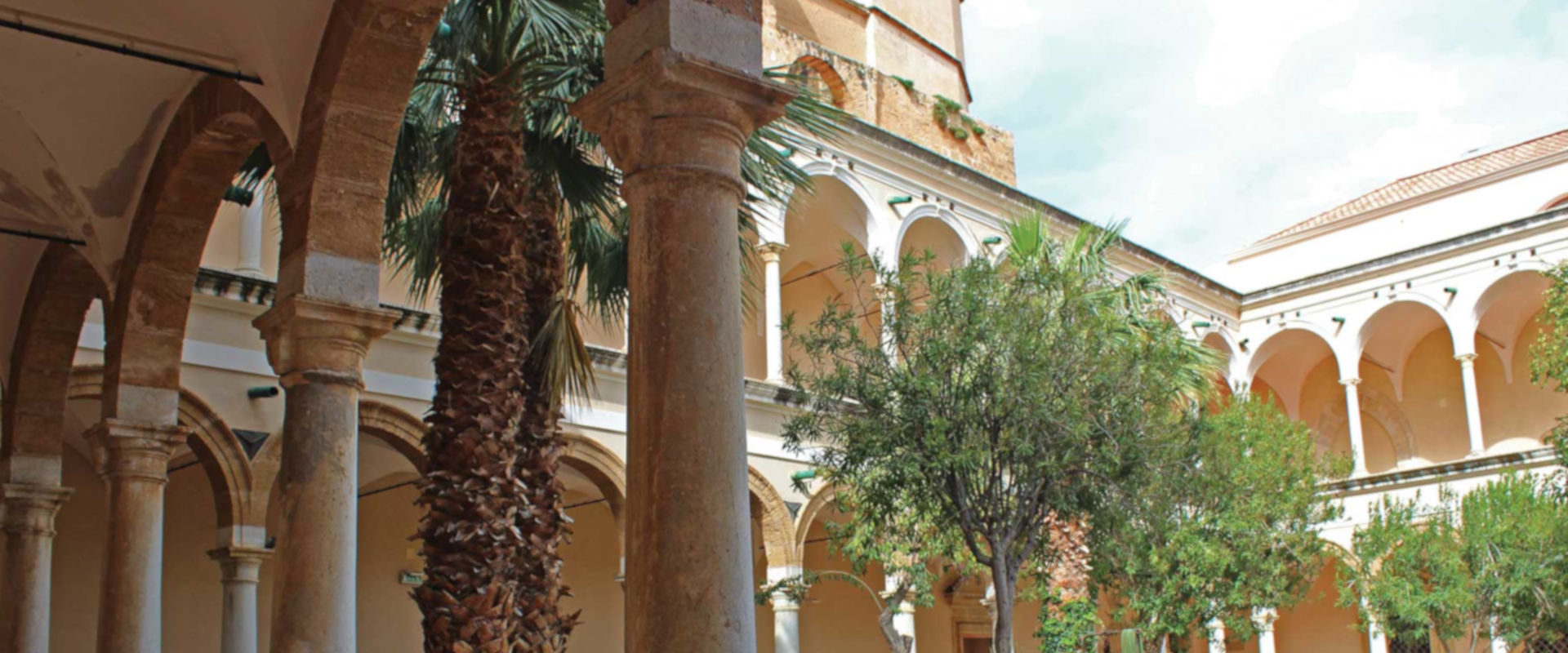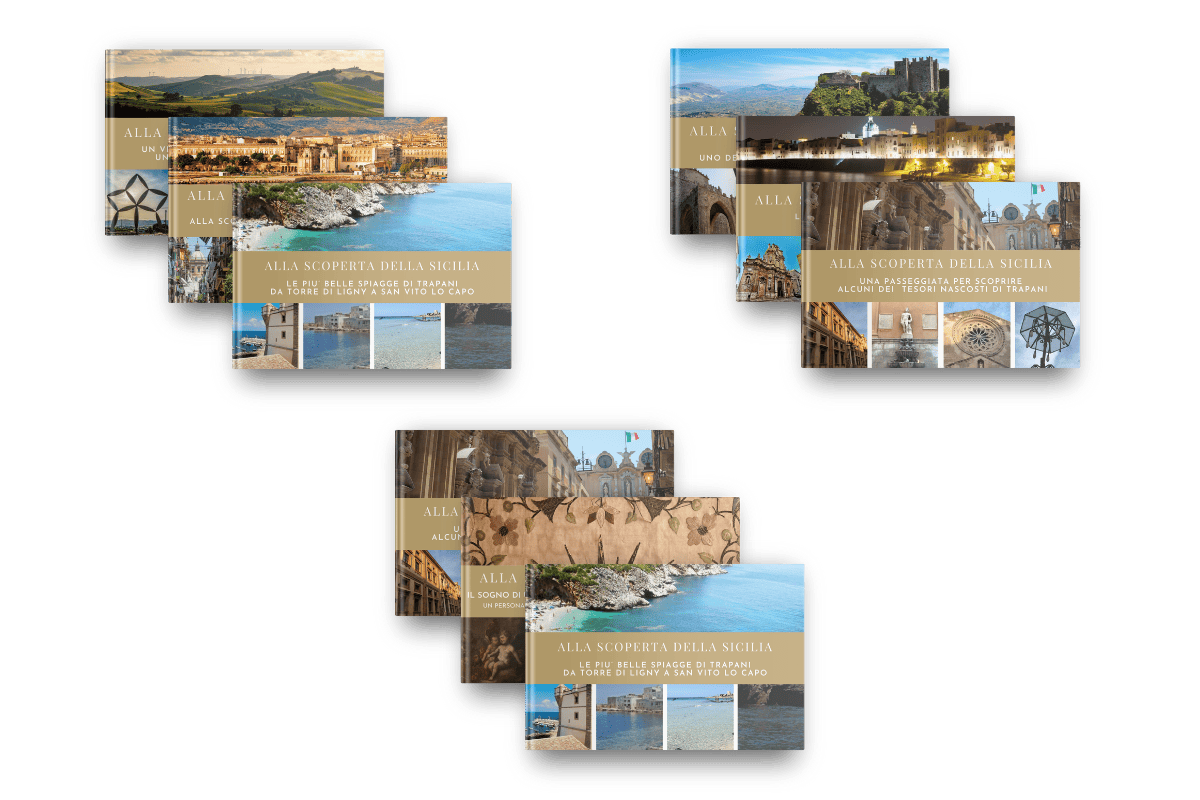Itinerary guiding you to discover the city
and its most famous attractions
Also called the ‘city of the two seas’ because of a strip of land that seems to divide the Tyrrhenian Sea from the Ionian Sea, Trapani is famous for its beautiful coastline, interspersed as it is with enchanting bays, but it offers more than just beautiful sea and picture-postcard beaches. A destination full of charm, history and culture, the city has an infinite number of things to see: every corner of its territory hides secrets and stories worth discovering.
Do you only have 2 days to discover Trapani? Here is for you an interesting and exciting itinerary that will guide you to discover the city and its most famous attractions: unique and very suggestive places that will enrich your stay with us and make your holiday an unforgettable experience.
YOUR FREE GUIDE TO VISIT TRAPANI IN TWO DAYS
Gardens Mon Plaisir your ‘personal guide’
to discover West Sicily!
Day One
Our itinerary for discovering Trapani begins with a visit to the Sanctuary of Maria Santissima Annunziata, also known in popular devotion as the Sanctuary of the ‘Madonna of Trapani’, which represents the most important historical-artistic nucleus outside the ancient city walls. Located just a few steps from our villa, it was originally a small chapel, built in the mid-1200s, around which a larger church was later built and incorporated it. The sanctuary as we see it today dates back to the 18th century and is the result of renovations and extensions by Giovanni Biagio Amico, one of the most important Sicilian Baroque architects. A large number of valuable works of art can be admired inside.
In the church are some chapels of considerable historical and artistic interest such as: the Chapel of Our Lady of Trapani, designed and built by architect Simone Vaccara in 1530 in Renaissance style, which houses the statue of the Madonna of Trapani, sculpted by the mastery of Nino Pisano; the Sailors’ Chapela true Renaissance jewel, built entirely of tufa, with niches and half-shell domes; and the Chapel of St. Albert, patron saint of the city, which houses the statue of the saint, a work dated 1752 by Trapani silversmiths Vincenzo Bonaiuto and Michele Tamburello. Adjacent to the sanctuary is the Agostino Pepoli Museum, with collections of sculpture, painting and archaeology, where one can admire masterpieces such as the ‘Saint Francis Receives the Stigmata’, painted by Titian around 1525.
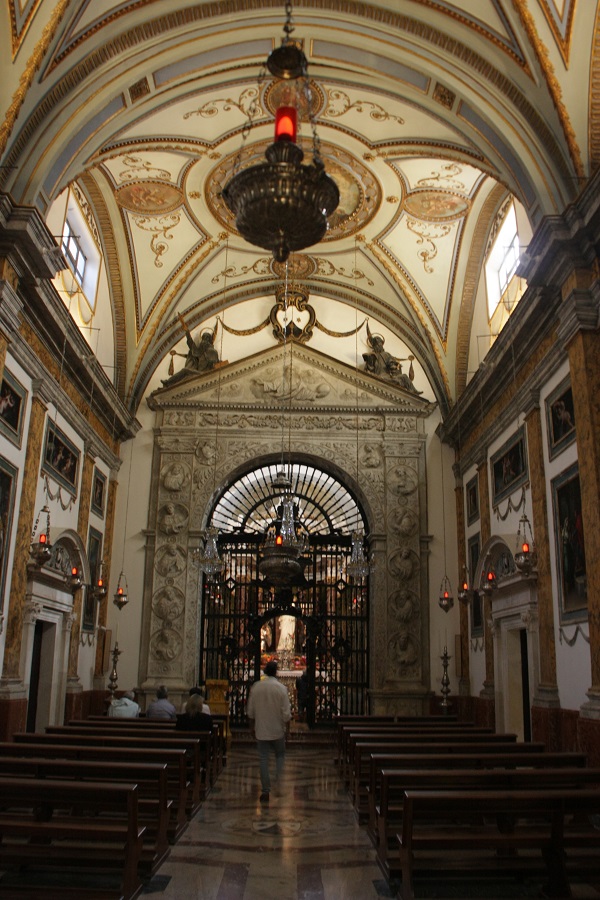

Day One
Our itinerary for discovering Trapani begins with a visit to the Sanctuary of Maria Santissima Annunziata, also known in popular devotion as the Sanctuary of the ‘Madonna of Trapani’, which represents the most important historical-artistic nucleus outside the ancient city walls. Located just a few steps from our villa, it was originally a small chapel, built in the mid-1200s, around which a larger church was later built and incorporated it. The sanctuary as we see it today dates back to the 18th century and is the result of renovations and extensions by Giovanni Biagio Amico, one of the most important Sicilian Baroque architects. A large number of valuable works of art can be admired inside.
In the church are some chapels of considerable historical and artistic interest such as: the Chapel of Our Lady of Trapani, designed and built by architect Simone Vaccara in 1530 in Renaissance style, which houses the statue of the Madonna of Trapani, sculpted by the mastery of Nino Pisano; the Sailors’ Chapela true Renaissance jewel, built entirely of tufa, with niches and half-shell domes; and the Chapel of St. Albert, patron saint of the city, which houses the statue of the saint, a work dated 1752 by Trapani silversmiths Vincenzo Bonaiuto and Michele Tamburello. Adjacent to the sanctuary is the Agostino Pepoli Museum, with collections of sculpture, painting and archaeology, where one can admire masterpieces such as the ‘Saint Francis Receives the Stigmata’, painted by Titian around 1525.
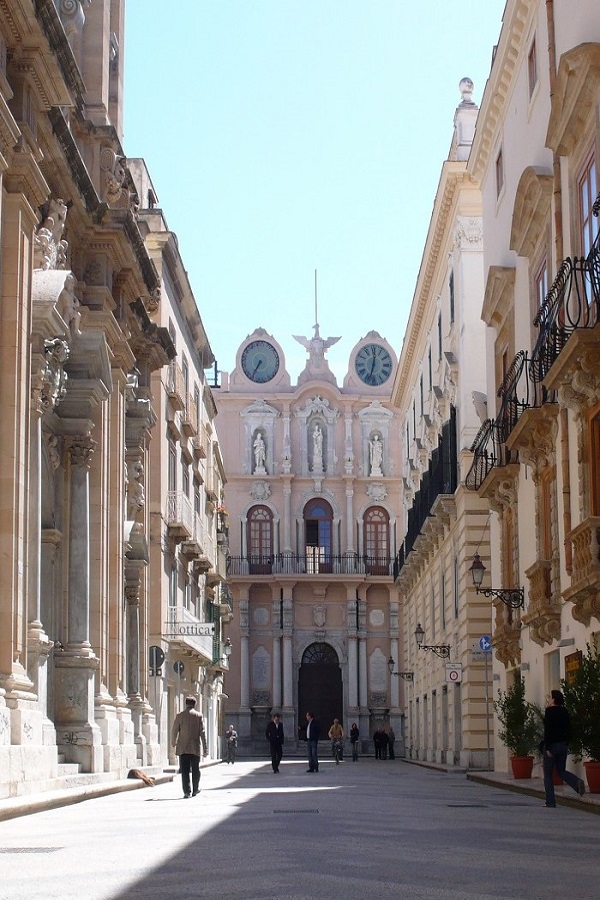
Day One
After visiting the sanctuary and the museum, we recommend a nice walk through the streets of Trapani’s historic centre, which is a succession of historical buildings of high artistic value. As you walk you come across evidence of different styles and periods. In particular, the historical centre is teeming with churches that are worth a visit, such as the Church of Santa Maria del Gesù, an extraordinary example of Renaissance architecture, inside which is preserved one of Andrea della Robbia’s most beautiful works, the ‘Madonna degli Angeli’. Also not to be missed: the Church of St Nicholas, one of the oldest in the city, where authentic treasures such as the Roman sarcophagi in the catacombs are kept; and the Church of the Purgatory, whose uniqueness lies in the combination of styles in which it was built.
Day Two
Trapani is also known as the ‘city of salt’ and the second day of our itinerary could only begin with a visit to the Trapani and Paceco Salt Pans Nature Reserve, a wonderful protected area covering some 986 hectares. One of the last remaining salt pans in Sicily, the salt pans have been present in the area for centuries, in fact, salt harvesting in this area probably dates back to Phoenician times. It is a place of great charm, enhanced by the windmills by the sea, whose blades create a fascinating play of reflected light and shadow. They provide a unique habitat for various species of plants and animals, especially birds, including pink flamingos. In addition, the salicornia, also known as sea asparagus, a wild herb used as a prized ingredient in many renowned restaurants, grows in this area. Also located within the reserve is the Salt Museum, housed in an old windmill, which traces the stages and events of a centuries-long history.
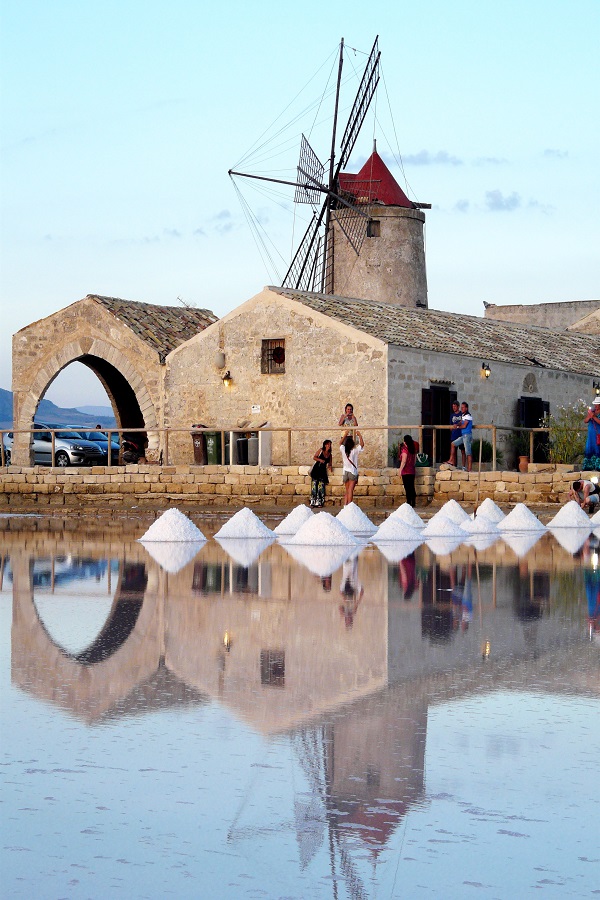

Day Two
Trapani is also known as the ‘city of salt’ and the second day of our itinerary could only begin with a visit to the Trapani and Paceco Salt Pans Nature Reserve, a wonderful protected area covering some 986 hectares. One of the last remaining salt pans in Sicily, the salt pans have been present in the area for centuries, in fact, salt harvesting in this area probably dates back to Phoenician times. It is a place of great charm, enhanced by the windmills by the sea, whose blades create a fascinating play of reflected light and shadow. They provide a unique habitat for various species of plants and animals, especially birds, including pink flamingos. In addition, the salicornia, also known as sea asparagus, a wild herb used as a prized ingredient in many renowned restaurants, grows in this area. Also located within the reserve is the Salt Museum, housed in an old windmill, which traces the stages and events of a centuries-long history.
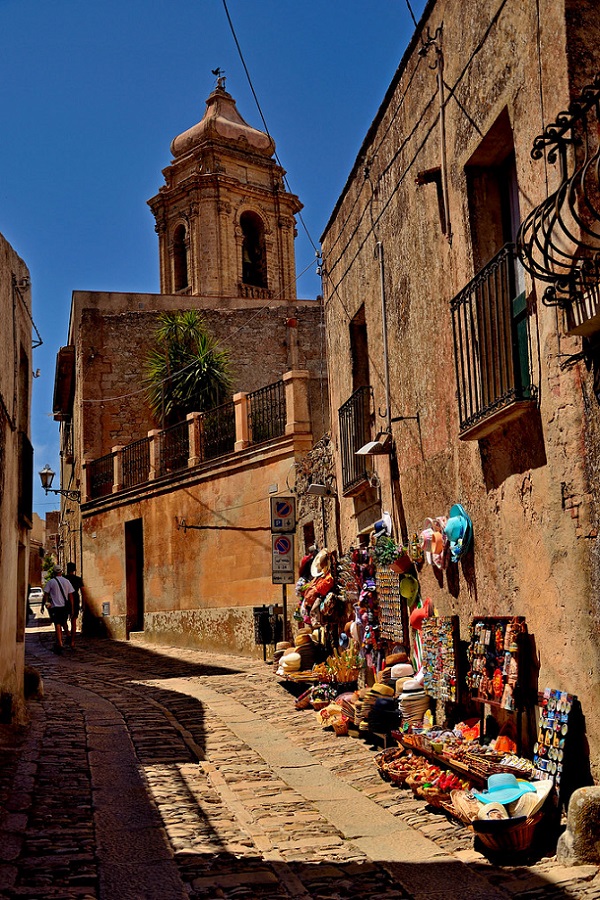
Day Two
The itinerary to discover Trapani ends with a visit to Erice, an enchanting medieval village with timeless charm located a few kilometres from our villa. Listed among ‘The Most Beautiful Villages in Italy’, it stands on the summit of Mount San Giuliano, from which it is possible to admire exceptionally wide panoramas: the city of Trapani, the salt pans, the Egadi Islands, the agrarian landscapes of the hinterland and the promontory of Capo San Vito. The town’s landmark monument is the impressive Castle of Venus, dating from the Norman period, which incorporates parts of the ancient temple of Venus Ericina, a goddess particularly worshipped in antiquity. Next to the castle towers is the Balio, a beautiful English-style garden with a wonderful panoramic view. Erice is famous for its churches, including the splendid Mother Church, dedicated to the Virgin of the Assumption, built in the 14th century with material from the Temple of Venus. Among the works preserved inside are a 15th-century marble ‘Madonna’ and a marble altarpiece from the early 16th century. Also not to be missed: the Elymian-Phoenician cyclopean walls dating back to the 8th-7th centuries B.C.; the ruins of the Monastery of the Santissimo Salvatore, the Church of San Martino and the Church of San Giuliano.
Trapani is a veritable open-air museum just waiting to be discovered!

